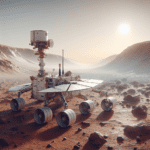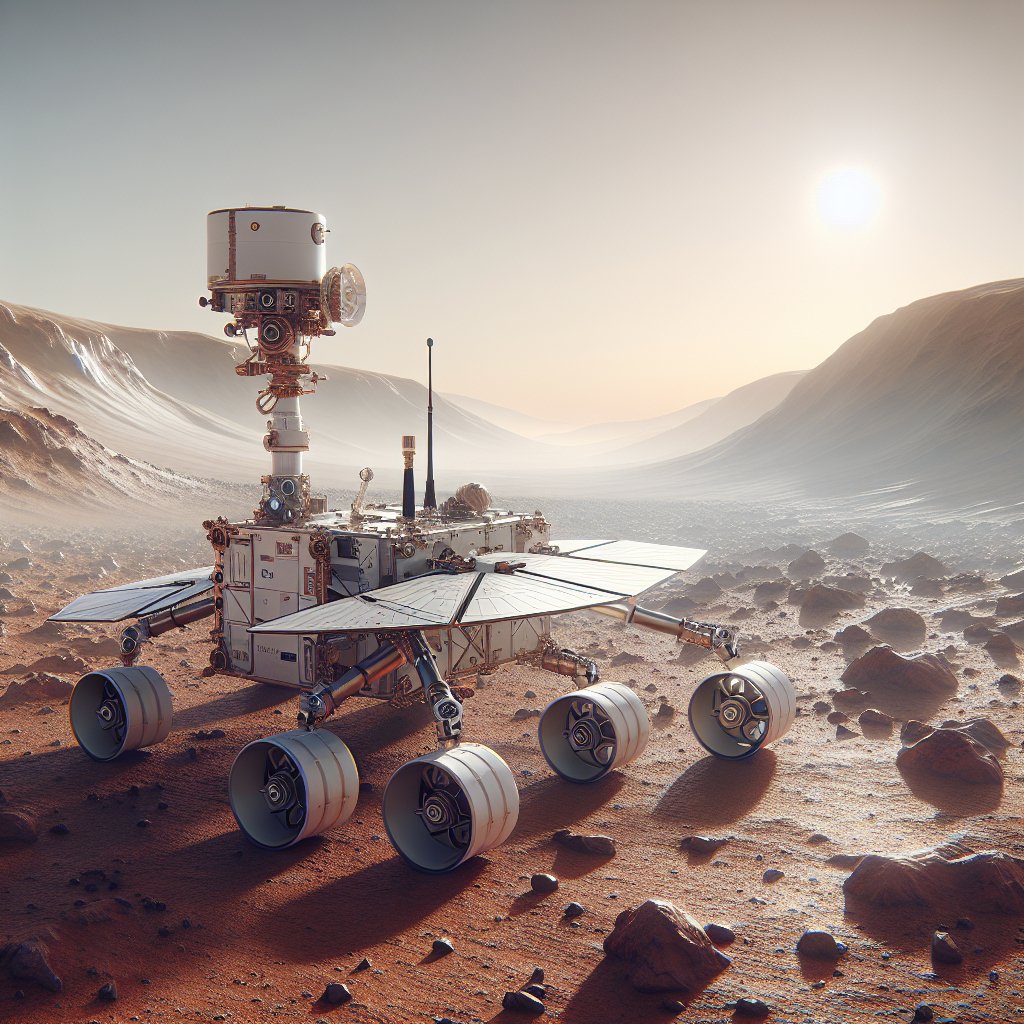Impressive agriculture is a field that has seen remarkable advancements over the years, transforming the way we grow, harvest, and distribute food. From precision farming to vertical agriculture, the innovations in this sector are not only increasing productivity but also addressing critical issues such as sustainability and food security. This article delves into the fascinating world of impressive agriculture, exploring the technologies and practices that are shaping the future of farming.
Precision Agriculture: The Digital Revolution in Farming
Precision agriculture represents a significant leap forward in farming practices, leveraging technology to optimize crop yields and resource management. At its core, precision agriculture involves the use of data analytics, GPS, and IoT devices to monitor and manage agricultural operations with unprecedented accuracy. This approach allows farmers to make informed decisions about planting, fertilizing, and harvesting, ultimately leading to increased efficiency and reduced environmental impact.
One of the key components of precision agriculture is the use of drones and satellite imagery. These technologies provide real-time data on crop health, soil conditions, and weather patterns, enabling farmers to respond quickly to any issues that may arise. For instance, drones equipped with multispectral cameras can detect variations in plant health that are invisible to the naked eye, allowing for targeted interventions that can save entire crops from disease or pest infestations.
Another critical aspect of precision agriculture is the implementation of variable rate technology (VRT). VRT allows farmers to apply inputs such as water, fertilizers, and pesticides at varying rates across a field, based on the specific needs of different areas. This not only maximizes the effectiveness of these inputs but also minimizes waste and environmental impact. By using VRT, farmers can ensure that each part of their field receives exactly what it needs, leading to healthier crops and higher yields.
Vertical Farming: Growing Upwards for a Sustainable Future
As urbanization continues to encroach on traditional farmland, vertical farming has emerged as a promising solution to the challenges of space and sustainability. Vertical farming involves growing crops in stacked layers, often in controlled indoor environments, which allows for year-round production regardless of external weather conditions. This innovative approach to agriculture not only maximizes space but also significantly reduces the need for water and pesticides.
One of the most significant advantages of vertical farming is its ability to produce food in urban areas, reducing the distance that produce must travel from farm to table. This not only decreases transportation costs and emissions but also ensures that consumers have access to fresher, more nutritious food. Additionally, vertical farms can be established in areas that are otherwise unsuitable for traditional agriculture, such as deserts or urban centers, further expanding the potential for food production.
Technological advancements play a crucial role in the success of vertical farming. LED lighting systems, for example, provide the specific wavelengths of light that plants need for photosynthesis, allowing for optimal growth in indoor environments. Automated systems for watering, nutrient delivery, and climate control ensure that plants receive the precise conditions they need to thrive, while reducing labor costs and human error.
Moreover, vertical farming is highly scalable, making it an attractive option for both small-scale urban farms and large commercial operations. As the technology continues to evolve, it is likely that vertical farming will become an increasingly important component of the global food system, helping to meet the demands of a growing population while minimizing environmental impact.
Conclusion: The Future of Impressive Agriculture
The advancements in impressive agriculture are not only revolutionizing the way we produce food but also addressing some of the most pressing challenges facing the world today. By embracing technologies such as precision agriculture and vertical farming, we can increase productivity, reduce environmental impact, and ensure food security for future generations. As these innovations continue to develop, the potential for impressive agriculture to transform our food systems is immense, promising a more sustainable and efficient future for farming.










